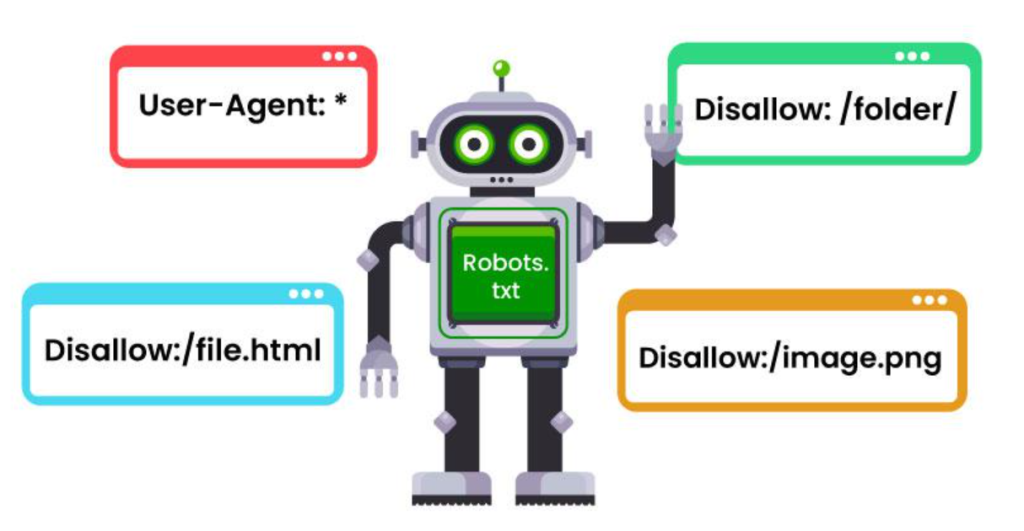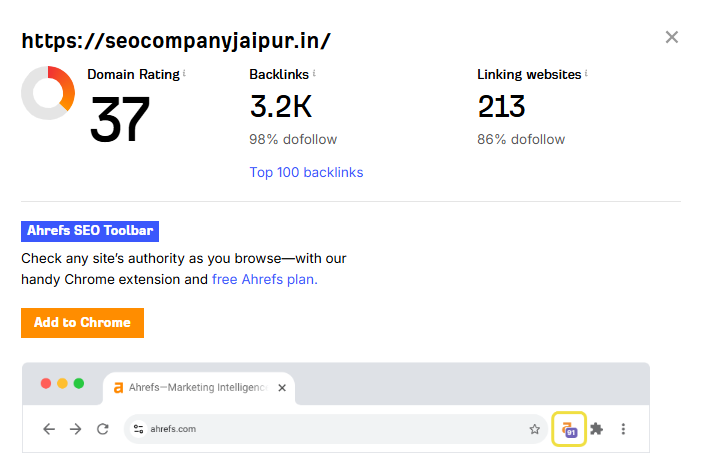SEO Keyword Research Report – The Real Game Plan Behind Ranking on Google
So, what’s an SEO Keyword Research Report, really? Alright, let’s be honest. Everyone in digital marketing talks about “keyword research” like it’s some mysterious black magic. But at the end of the day, it’s basically figuring out what people type into Google and why they type it. An SEO keyword research report is like your website’s GPS – it shows you where to go, what to target, and how hard the journey’s going to be. Without it, you’re just throwing random words at your content hoping something sticks. (Spoiler: it usually doesn’t.) Why Keyword Research Is the Foundation of SEO Imagine opening a pizza shop but not knowing what toppings your city likes. You might stock up on pineapple pizza because you think it’s trending – meanwhile, everyone around you is obsessed with pepperoni. That’s exactly what happens when you skip keyword research. SEO isn’t about guessing. It’s about data. Real, cold, sometimes boring data that helps you understand what your potential customers are already looking for. And the keyword research report? That’s your secret map to all of it. What’s Actually Inside a Keyword Research Report? Not gonna lie – some “SEO reports” look fancy but are as useless as a chocolate teapot. A good one though, has a few things that actually matter: Target Keywords – The words and phrases your website should focus on. Search Volume – How many people are searching for that keyword every month. Keyword Difficulty (KD) – How hard it is to rank for it (based on competition). CPC (Cost per Click) – Helpful if you’re doing paid ads or comparing keyword value. Search Intent – Are people looking to buy, learn, or just browse? SERP Features – Whether Google shows maps, featured snippets, images, etc. Basically, your report should answer this question: “If I write about this topic, how likely am I to actually get traffic?” The Big Tools Everyone Uses (and Why You Don’t Need Them All) There are a ton of tools that help create these reports.Here’s the usual gang: Ahrefs – Powerful, accurate, but expensive. Think of it as the Ferrari of SEO tools. SEMrush – Super visual and great for tracking keyword trends. Ubersuggest – Cheap, simple, and good enough for small businesses. Google Keyword Planner – Free, but mostly built for advertisers. Keyword Surfer or AnswerThePublic – Great for quick brainstorming sessions. Honestly, you don’t need all of them. Most marketers start with two: Ahrefs for deep research and Google Keyword Planner for validation. Paid vs Free Keyword Research Tools – Does It Matter? Kind of. Paid tools are more accurate and give better competitor data. But free ones still do the job if you’re just starting out. For example, I once built a niche blog using nothing but Google Trends and Ubersuggest. Sure, it wasn’t perfect, but within 3 months, one of the posts ranked #5 for a keyword with 3,000 monthly searches. Not bad for a free combo. If you’ve got the budget though, Ahrefs or SEMrush are worth every penny. How to Create an SEO Keyword Research Report (Step-by-Step) Let’s not make this sound too “corporate.” Here’s how I usually do it – simple and realistic: Step 1: Know your niche Start with the basics. What’s your industry? Who are your buyers? What kind of problems do they Google? If you’re in food delivery, for example, people might search:”healthy lunch near me,” “cheap meal prep,” or “organic food delivery.” Step 2: Generate ideas Use a tool like AnswerThePublic or just check Google’s autocomplete. Those little “People also ask” sections? Pure gold. Step 3: Check metrics Dump your ideas into Ahrefs or SEMrush. Look for: Search volume between 500-10,000 Keyword difficulty below 50 (if your site is new) CPC above $1 (means the keyword has money potential) Step 4: Organise your keywords Group them into buckets: Primary Keywords: Main topic (e.g. “digital marketing agency”) Secondary Keywords: Variations (e.g. “best digital marketing services,” “affordable marketing agency”) LSI/Supporting Keywords: Related terms that help Google understand context Step 5: Create the report Put it all in a neat spreadsheet with columns for Keyword, Volume, KD, CPC, and Intent. Add notes like “good for blogs” or “use on service page.” That’s your keyword report done. Not rocket science – just consistency and common sense. Real-Life Example (Because Data Sounds Boring Alone) One of my clients had a bakery in London. They were obsessed with ranking for “best cupcakes London.”Problem? That keyword had insane competition – every major bakery was already there. We dug into Ahrefs and found “custom wedding cupcakes London” – lower volume but way less competition. They wrote two blogs, made a few Pinterest posts, and boom – ranked on page one in under 2 months. That’s the power of proper keyword research. Mistakes People Make with Keyword Reports Let’s get real – 80% of people misuse keyword reports. Here’s what goes wrong: They target keywords that are too broad. They ignore intent (trying to sell on an informational keyword). They copy-paste competitor keywords without context. They never update their keyword lists (Google trends change fast). Think of keyword research like gardening – you can’t just plant once and forget it. You need to trim, water, and recheck the soil (aka the data). Updating Keyword Reports – Why It’s a Big Deal Google updates its algorithms faster than most of us change our phone wallpaper. So yeah, your keyword report from 2022 might be useless today. Revisit it every 3-6 months.Check for: New trends or phrases Dropping search volumes Rising competitors Even one updated keyword can shift your traffic by thousands of visitors a month. The SEOCompanyJaipur.in Way (If You’re Not Into Doing It Yourself) If you’re someone who’d rather not spend nights buried in spreadsheets and SEO tools – there’s a shortcut.SEOCompanyJaipur.in provides detailed SEO keyword research reports for businesses in the USA, UK, Australia, and beyond. They don’t just dump data on you. They help you understand which keywords actually drive revenue – not
SEO Keyword Research Report – The Real Game Plan Behind Ranking on Google Read Post »









